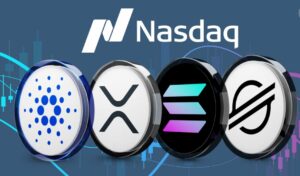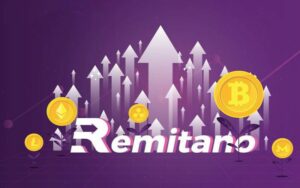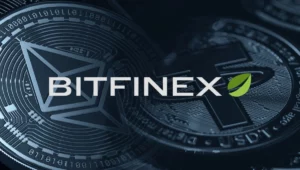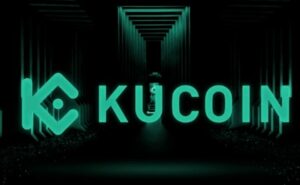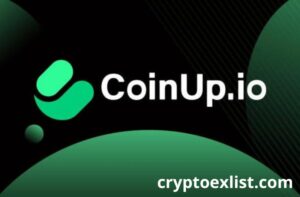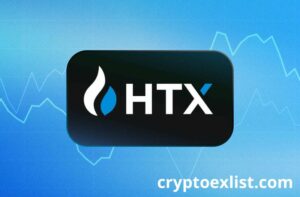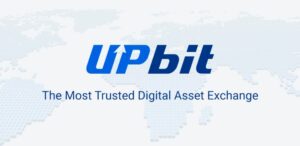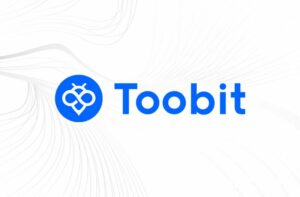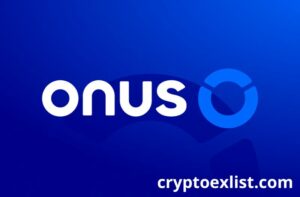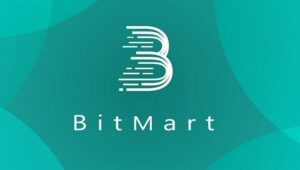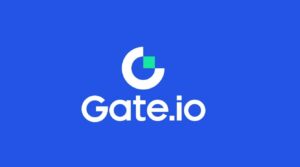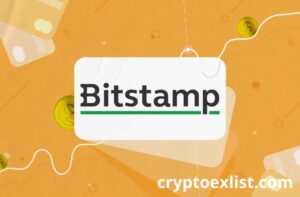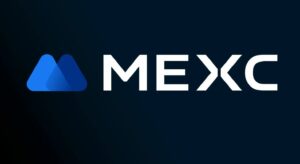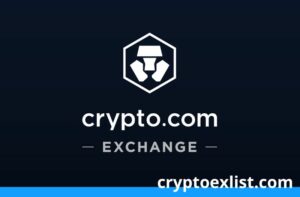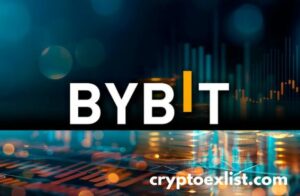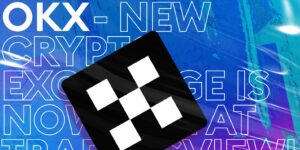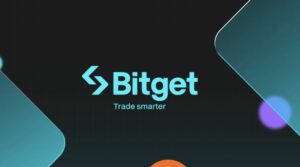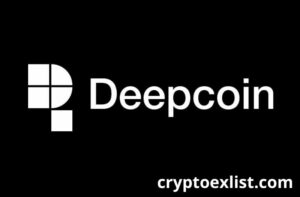
May 14, 2025 – JPMorgan Chase, the largest bank in the United States, is deepening its exploration of blockchain-based finance by piloting cross-chain settlements of tokenized assets using public blockchain infrastructure. On May 14, 2025, JPMorgan confirmed it has conducted successful trials with its new system, Kinex, to facilitate token transfers between its own blockchain platform, Onyx Digital Assets, and multiple external blockchains. These include public chains such as Ethereum, as well as platforms integrated with Chainlink’s Cross-Chain Interoperability Protocol (CCIP).
This move marks one of the most ambitious steps yet by a major traditional bank toward integrating public blockchain networks into real-world institutional finance.
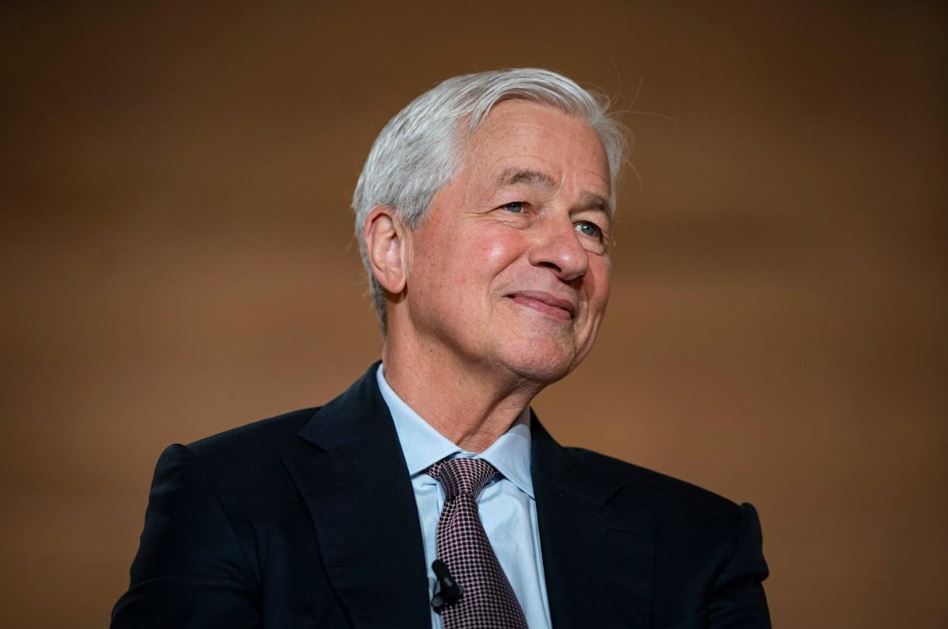
A New Era for Tokenized Finance: JPMorgan’s Kinex
The latest development centers around Kinex, a software interface developed by JPMorgan to streamline the discovery, monitoring, and settlement of tokenized assets across multiple blockchain networks. According to the bank, Kinex provides an institutional-friendly dashboard for viewing and interacting with tokenized investments issued by various third parties. It enables portfolio managers to track assets across different chains and settle them via JPMorgan’s in-house blockchain infrastructure, Onyx Digital Assets.
The Kinex system is designed for institutional clients who are already operating in fragmented blockchain environments. Rather than confining asset settlement to a single chain, Kinex allows them to monitor and transfer assets across several networks, both public and permissioned, enhancing liquidity, transparency, and operational efficiency.
Real-World Settlement Using Chainlink CCIP
To showcase Kinex’s cross-chain capabilities, JPMorgan conducted a settlement transaction involving tokenized shares of a BlackRock money market fund. The tokenized assets were initially held on Onyx Digital Assets and were transferred to another blockchain using Chainlink’s Cross-Chain Interoperability Protocol (CCIP).
This test is significant because it proves that JPMorgan can now execute secure, permissioned transactions that reach into public blockchain ecosystems using Chainlink as the bridging layer. This enables firms to maintain compliance while still tapping into the liquidity and programmability of public chains like Ethereum.
Chainlink Labs, the developer behind CCIP, explained that the protocol helps enable “chain abstraction”, meaning institutions can operate across multiple blockchains without being tied to the technical specifics of each one. According to Sergey Nazarov, co-founder of Chainlink, this opens the door to a future where institutional finance becomes blockchain-agnostic.
Ondo Finance: The Tokenization Partner
Another key participant in JPMorgan’s recent trial is Ondo Finance, a firm specializing in the tokenization of real-world assets (RWA). Ondo tokenized BlackRock’s money market fund on the public Ethereum blockchain and facilitated its integration with Onyx via Kinex and Chainlink CCIP.
Ondo Finance has emerged as a leader in the fast-growing market for RWA tokenization. Its platform allows investors to gain exposure to traditionally illiquid financial products, such as government bonds and money market funds, through blockchain-native tokens that can be traded 24/7.
Nathan Allman, CEO of Ondo Finance, emphasized the importance of this collaboration in advancing the tokenized finance ecosystem. “This marks the beginning of a new era where traditional financial products can seamlessly interact with decentralized infrastructure,” he said in a statement.
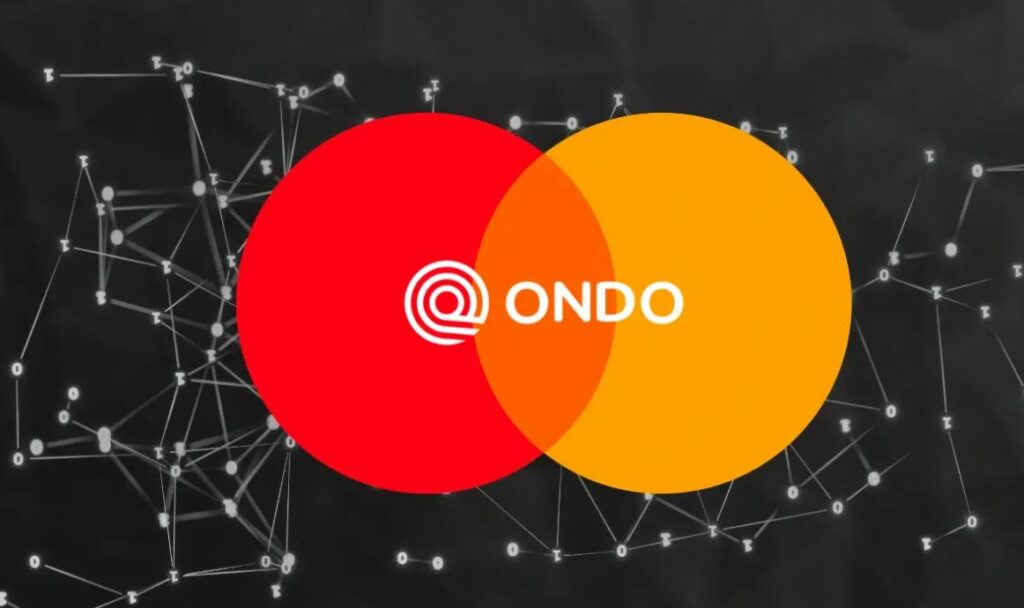
The Significance of Public Blockchain Integration
JPMorgan’s use of public blockchain infrastructure marks a turning point in the institutional approach to crypto and tokenized finance. While many banks have historically relied on private or permissioned blockchains due to compliance and security concerns, JPMorgan is now experimenting with integrating public networks like Ethereum using Chainlink CCIP as a secure middleware layer.
The significance of this cannot be overstated. By bridging private financial systems with public chains, JPMorgan is moving closer to creating a unified, programmable settlement layer that could support a wide range of tokenized assets and services, ranging from money market funds and corporate bonds to tokenized equity and real estate.
This development could eventually lead to faster, cheaper, and more transparent settlements in global financial markets, while also reducing the reliance on intermediaries and legacy systems.
Onyx Digital Assets: The Foundation Layer
At the center of JPMorgan’s blockchain strategy is its Onyx Digital Assets platform. First launched in 2020, Onyx has facilitated over $1 billion in tokenized asset settlements and plays a key role in JPMorgan’s long-term digital finance roadmap.
Onyx allows institutions to issue, trade, and settle tokenized assets in a controlled and compliant environment. It also supports repo transactions, intraday liquidity management, and the integration of money market instruments. Kinex acts as an extension of Onyx, allowing users to see and interact with tokenized assets that exist beyond the JPMorgan ecosystem.
This is a strategic advantage. While other banks are still exploring blockchain use cases in isolation, JPMorgan is already testing real-time settlements across a multi-chain environment.
Regulatory and Industry Implications
The successful pilot involving JPMorgan, Chainlink, and Ondo Finance comes at a time when regulators in the U.S. and Europe are paying close attention to the tokenization of traditional assets. The European Union’s Markets in Crypto-Assets (MiCA) regulation is set to go into full effect by the end of 2025, while the U.S. Securities and Exchange Commission (SEC) continues to scrutinize token offerings and blockchain-based financial products.
However, this experiment demonstrates that regulated institutions can responsibly and securely engage with public blockchains using well-architected bridges and interoperability protocols. This could potentially accelerate regulatory approval and pave the way for large-scale adoption of tokenized finance in capital markets.
What’s Next for JPMorgan?
JPMorgan has signaled that it will continue expanding the Kinex platform and collaborating with external partners. The goal is to create a frictionless cross-chain settlement infrastructure that can handle everything from tokenized treasuries to digital corporate debt.
By investing in interoperability, JPMorgan is not only future-proofing its blockchain architecture, but it is also laying the groundwork for a new era of programmable, 24/7 capital markets that function across both private and public ecosystems.
As more institutional players enter the tokenized asset space, JPMorgan’s bold moves are likely to set the tone for the next phase of digital finance evolution.
Conclusion
JPMorgan’s successful cross-chain pilot using Kinex, Chainlink CCIP, and Ondo Finance represents a milestone in the maturation of blockchain-based finance. It proves that real-world tokenized assets can be moved across chains in a compliant, secure, and operationally efficient manner.
With regulators watching closely and institutional demand on the rise, this initiative could be the spark that brings traditional finance and decentralized infrastructure together in a lasting way.
As the lines between TradFi and DeFi blur, the financial system of the future is being built, not behind closed doors, but on open, interoperable networks.



